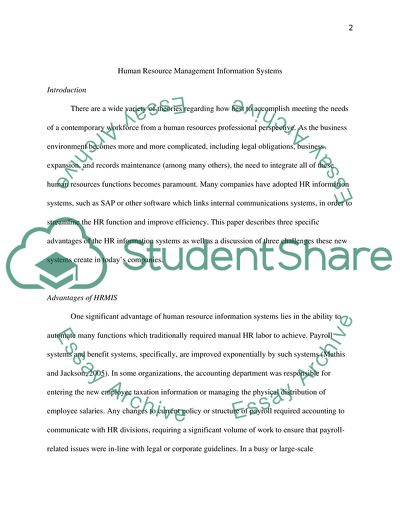Cite this document
(Three Specific Advantages of the HR Information Systems Coursework, n.d.)
Three Specific Advantages of the HR Information Systems Coursework. Retrieved from https://studentshare.org/human-resources/1721730-human-resource-information-management-systems
Three Specific Advantages of the HR Information Systems Coursework. Retrieved from https://studentshare.org/human-resources/1721730-human-resource-information-management-systems
(Three Specific Advantages of the HR Information Systems Coursework)
Three Specific Advantages of the HR Information Systems Coursework. https://studentshare.org/human-resources/1721730-human-resource-information-management-systems.
Three Specific Advantages of the HR Information Systems Coursework. https://studentshare.org/human-resources/1721730-human-resource-information-management-systems.
“Three Specific Advantages of the HR Information Systems Coursework”. https://studentshare.org/human-resources/1721730-human-resource-information-management-systems.


